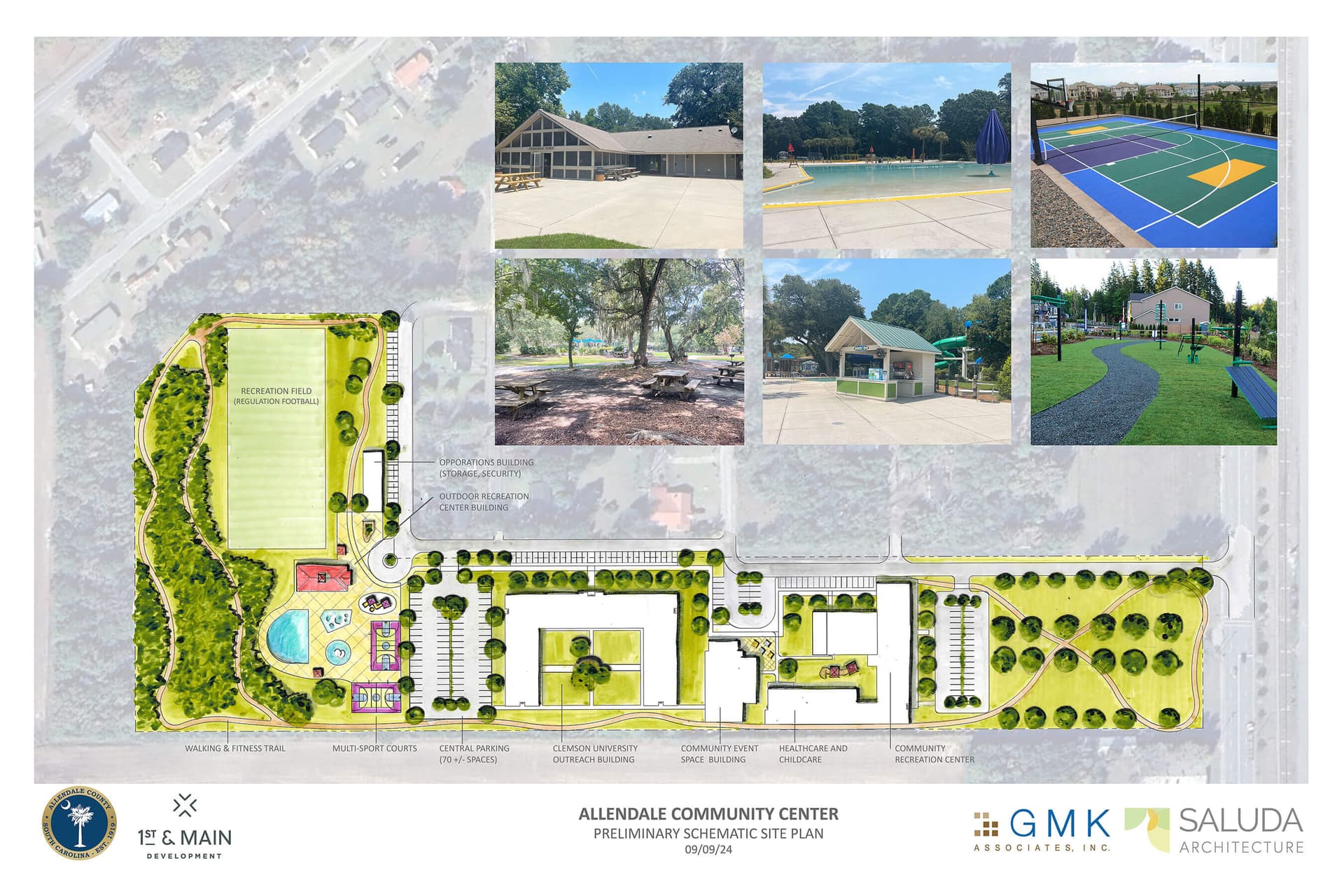Mass Food Distribution Serves 250 Allendale County Families, Highlights Gaps
On November 1 a volunteer food distribution at the Fairfax Community Center served about 250 Allendale County families, delivering boxes of groceries and fresh produce to supplement local food bank operations. Organizers framed the event as an immediate response to short term food insecurity amplified by uncertainty around federal SNAP benefit schedules, and the effort revealed strains on town resources and the need for stronger local planning.

About 250 families from Allendale County received boxes of groceries and fresh produce at a food distribution held at the Fairfax Community Center on November 1. Volunteers and organizers, including U.S. Senate candidate Brandon Brown and Fairfax Town Councilwoman Phyllis Smart, partnered to assemble and hand out supplies intended to supplement existing food bank operations in a community facing heightened need.
Organizers described the distribution as a stopgap response to short term food insecurity that was amplified by uncertainty around federal SNAP benefit schedules. The event provided immediate relief for households that rely on emergency assistance, but it also highlighted limits of episodic distributions to address persistent nutritional needs. Local nonprofit staff and volunteer networks reported heavy workloads and logistical strain in mounting the operation on short notice.
The distribution underscored broader public health implications for Allendale County. Food insecurity is linked to worsened management of chronic conditions such as diabetes and hypertension, and inconsistent access to healthy foods can widen health disparities already concentrated in rural and low income communities. For residents who depend on regular benefits, interruptions or uncertainty in federal assistance can force reliance on ad hoc responses that are not designed for sustained support.
Local officials and community planners say the event points to several policy priorities. Stronger contingency planning, formal regional partnerships among food banks, and possible county level support to stabilize supply were identified as ways to reduce pressure on volunteer networks and town services. Establishing predictable emergency stock and coordinated distribution channels could help ensure households do not face gaps when federal schedules change.
For residents, the immediate impact was tangible relief for many families, but organizers emphasized that solidarity cannot substitute for durable systems that guarantee consistent access to food. The distribution in Fairfax made clear that short term measures are necessary now, and that county and regional leaders must act to build more reliable food security infrastructure for Allendale County.


